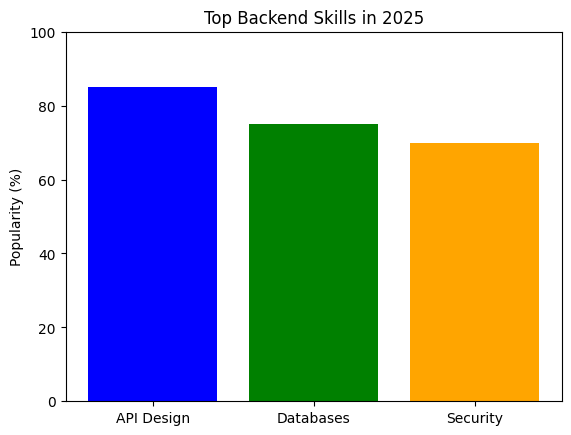Introduction:
In today’s digital landscape, having a strong online presence is crucial for businesses, organizations, and individuals alike.
At the heart of this online presence lies web development, the process of building and maintaining websites and web applications that captivate audiences and drive results.
But what exactly is web development, and how does it work? Let’s dive in and explore the world of web development, where creativity meets technology.
What is Web Development?
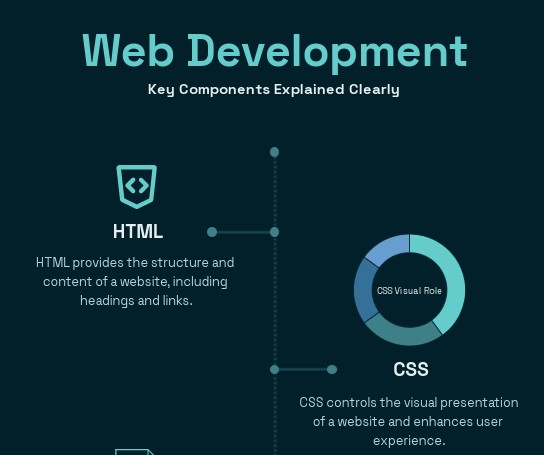
Web development is the process of building and maintaining websites and web applications. It involves creating the structure, design, and functionality of a website using various programming languages and tools.
Getting Started With Web Development:
Here are key Components of Web Development:
- HTML (HyperText Markup Language): Provides the structure and content of a website, including headings, paragraphs, images, and links.
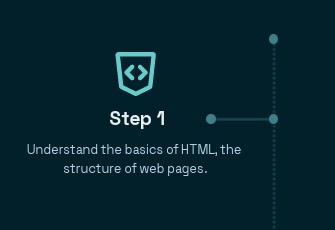
2. CSS (Cascading Style Sheets): Controls the visual presentation of a website, including colors, fonts, layouts, and animations.
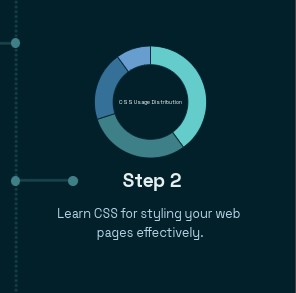
3 JavaScript: Adds interactivity to a website, including forms, animations, and dynamic effects.
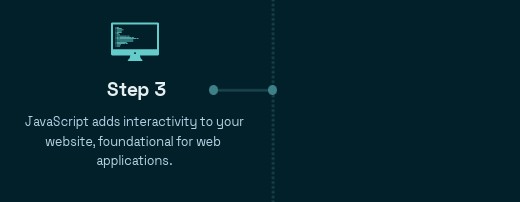
4. Build Mini-Projects:
1. Personal Portfolio: Showcase your skills and experience.
2. Simple To-Do App: Practice interactive elements.
3. Landing Page: Create a page for a fictional product.
Why? Projects help solidify your skills and give you something to showcase.
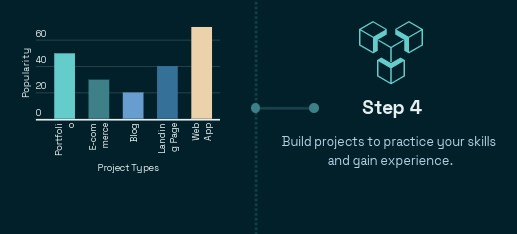
5. Practice Responsive Design:
1. Make it work on all devices: Mobile, tablet, and desktop.
2. Use these tools: – Media queries – Flexbox – Grid layouts
This ensures your site looks great on any screen size!
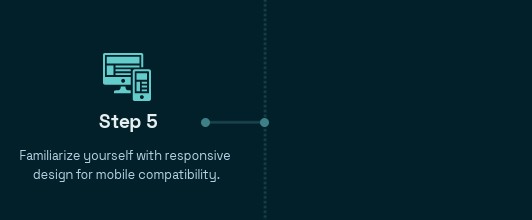
6. Learn Git and GitHub:
1. Track Your Code: Keep a record of changes.
2. Manage Changes: Easily revert or modify code.
3. Share Publicly: Showcase projects and start building your developer profile.
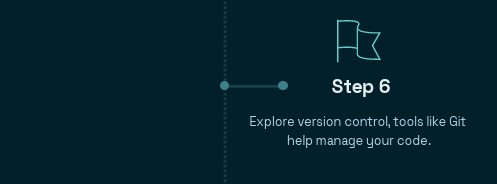
7. Understand How the Web Works:
1. Learn about: – HTTP/HTTPS
– Requests and responses
– Basic server concepts
This helps you debug and think like a developer!
8. Next Step: Explore Frameworks
1. Learn: – React – Next.js
These frameworks help build scalable, component-based apps for advanced projects.
Keep Building Consistently:
1. Build regularly: Practice makes perfect.
2. Improve and challenge yourself: Take on new projects to grow faster.
Consistency is key to mastering web development!
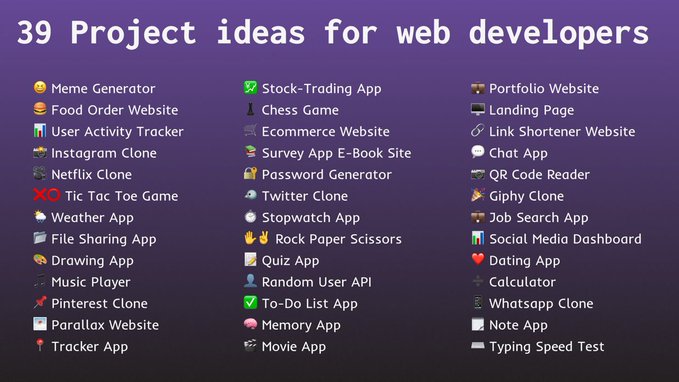
Resources:
– W3Schools: Offers tutorials, examples, and reference materials for web development.
– GitHub: A platform for developers to share and collaborate on code projects
– IBM SkillsBuild: Provides free learning resources and courses on web development
Tips:
– Start small: Focus on building simple projects and gradually move on to more complex ones.
– Join online communities: Participate in online forums and communities to connect with other developers and get help when needed.
– Keep learning.
Conclusion:
Web development is a dynamic and ever-evolving field that requires a combination of technical skills, creativity, and problem-solving abilities. Whether you’re a business owner looking to establish an online presence or a developer seeking to expand your skill set, understanding the fundamentals of web development is essential for success in the digital age.
By grasping the concepts and technologies involved, you’ll be well on your way to building websites and web applications that shine online.
